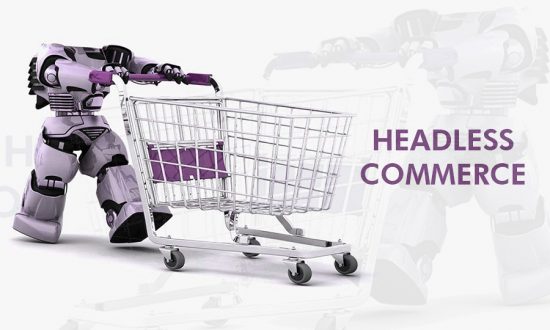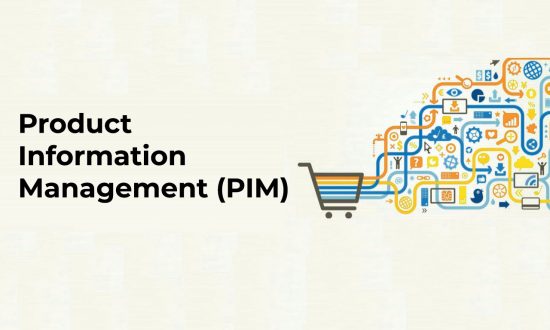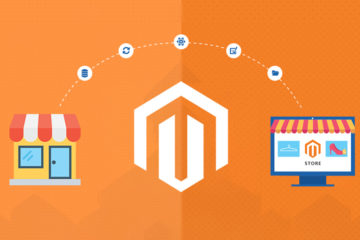Headless Commerce enables you to display a back-end product catalog without the layout constraints of…
What is Headless eCommerce?
Headless commerce caters to a content-first approach for the design and development of the website. Headless eCommerce occurs when you disconnect a website’s front end CMS (the “head”) of a website, from the eCommerce backend. In a headless world, your backend works entirely detached from your front end, and the two are tied together using APIs.
In eCommerce, headless commerce allows marketers to modify the content of a page without conventional constraints of eCommerce CMS. Consequently, marketers can instantly update website copy and layout to focus on their primary requirement – Marketing!
Let’s Understand How Headless eCommerce Works
SaaS platforms such as Google Apps, BigCommerce, Salesforce, MailChimp, Dropbox, ZenDesk, Slack, DocuSign, make headless eCommerce quite easy and seamless. You will have to begin with selecting a content CMS to manage the front end of your website (like HubSpot CMS or WordPress).
Once they are connected, you’ll need to decide what content breathes in your eCommerce platform, contrary to your front-end CMS. Generally, we suggest keeping all product data within the eCommerce platform and adding it to the front end on-demand only. As that’s how we can have one primary database of all core product information for intents, including product feeds, data continuity, and centralized inventory.
Perks of Headless Commerce
Headless eCommerce enables marketers to have added content without having to deal with the technology side of things. Think about how convenient and effortless a WYSIWYG website editor is – that’s basically how simple a headless eCommerce product page could be! Several platforms have their unique quirks of adding more content than the regular information box.
For example, with Magento, a developer needs to code a CMS box into a template, according to their requirements. Then, they’ll require to shift to staging, undergo the process of approvals, push through testing – all which could take days or even weeks. In a headless implementation, you don’t have to wait and make modifications in real-time.
For category and sub-category pages, headless eCommerce enables you to take charge of your content and appearance. As you are well aware, some categories deserve a landing page above a basic template of the eCommerce category, and some sections require extra content to get the point of need getting fulfilled. In headless commerce, you can upgrade category and sub-category pages directly without bothering about development designing the unique landing page for all categories.
With eCommerce websites, you need to make sure that all data areas of your website are safe and secure within the headless environment, for the pages like the account pages, cart, checkout, and login pages. You can obtain this by using APIs of your CMS platform and your eCommerce platform.
Questions to Ask
After making all your considerations for each page, sketch it out and decide how you want every single detail to work. Here are some questions to inquire yourself:
- How should I join the two systems?
- By what means should I manage inventory displaying on the product detail page as in-stock, out of stock, pre-order, and waitlist?
- How do I handle edits to costing?
- Do these divisions update automatically, when I make them in a platform such as BigCommerce?
- How to manage extra content that doesn’t fit within the product description?
Answering these questions upfront will reduce the development time of your company and create a stronger product.
Wrap-Up
Headless eCommerce helps companies disconnect their marketing efforts from website development and allows them to update marketing info in real-time. Rather than waiting for development to refurbish the website, marketers have the tools that are readily available to get their jobs done.
Inquisitive to know how headless eCommerce could help you with your business? Feel free to drop us your suggestions or queries in the comment section below.














Leave a Reply